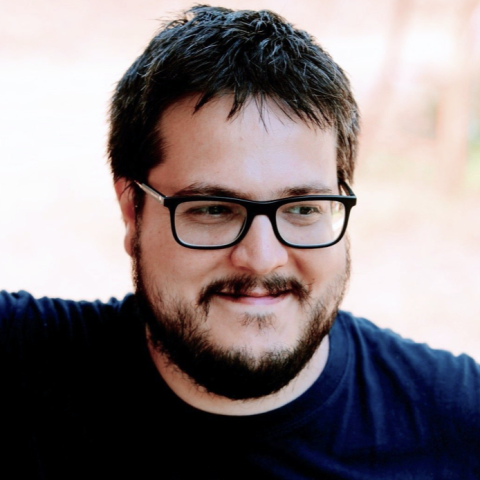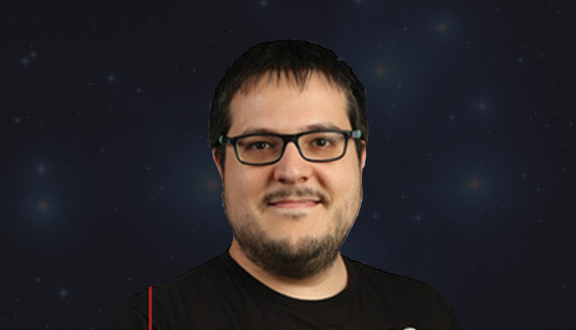Mario Spera

I studied Physics and Astrophysics from 2005 to 2008 (Italian ‘’laurea triennale’’) and Astronomy and Astrophysics from 2008 to 2010 (italian ‘’laurea specialistica’’) at the University of Roma – Sapienza. I took my Master degree in September 2010 (cum laude) with a Thesis entitled ‘’High Precision, High Performance Simulations of Astrophysical Stellar Systems’’. I received my PhD in January 2014 at the University of Roma – Sapienza, with a Thesis on the use of ‘’Hybrid Computational Architectures to Study Self-Gravitating N-body Systems’’, where I applied the latest computing technologies to the study of the dynamics of stellar systems. In March 2014, I moved to the Astronomical Observatory of Padova, where I studied the formation of compact objects in different stellar systems. In March 2017, I was awarded an independent postdoctoral fellowship at the University of Milano- Bicocca for my own research project on ‘‘The Formation of Merging Compact- Object Binaries (ForCOB)’’. In October 2017, I moved to the University of Innsbruck as postdoc working on the same topics of my ‘’ForCOB’’ project.
I am currently a Marie Curie Global Fellow at University of Padova, presently seconded to CIERA - Northwestern University, where I work as a theoretical and computational astrophysicist. The main aim of my research project, called HOMERICS, is to study the formation and evolution of compact-object binaries to interpret present and forthcoming gravitational-wave detections. To achieve this goal, I developed new numerical techniques to study the interplay between stellar evolution and stellar dynamics, in different stellar environments. I am the main developer of the HiGPUs-RX N-body code and of the SEVN population synthesis code.
The new constraints on the stellar black-hole mass spectrum I obtained with the SEVN code were recently used to provide an astrophysical interpretation for the progenitors of the gravitational-wave detections (see Fig. 1 of Abbott et al. 2016, ApJL, 818, 2 and Fig.4 of Abbott et al. 2019, https://arxiv.org/pdf/1811.12940.pdf).
Since 2018, I am an active member of the LIGO-Virgo collaboration.
Recently, I was invited to join the Editorial Team (Paper Writing Team) of one of the LIGO-Virgo papers, on one special event, to contribute to the astrophysical interpretation of the event (which will be publicly announced in the next days).

